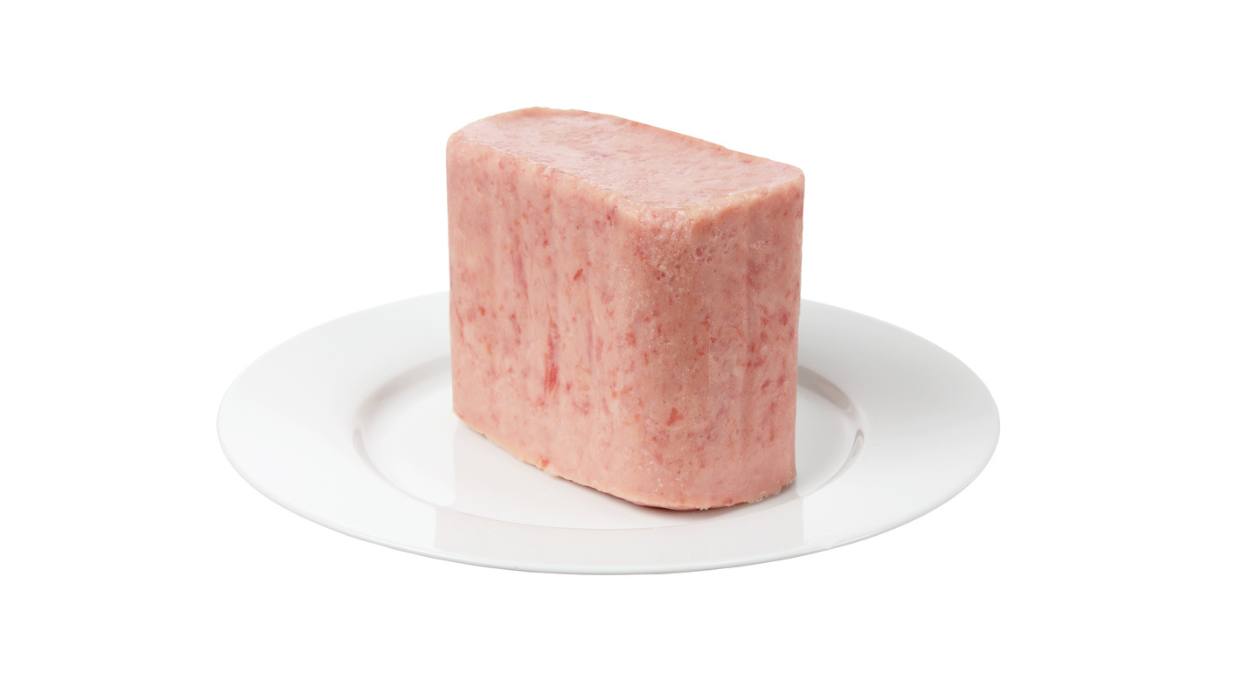

Articles
How To Store Luncheon Meat
Modified: January 6, 2024
Learn the best techniques and tips for storing lunch meat in this comprehensive collection of articles. Ensure your deli slices stay fresh and delicious.
(Many of the links in this article redirect to a specific reviewed product. Your purchase of these products through affiliate links helps to generate commission for Storables.com, at no extra cost. Learn more)
Introduction
When it comes to keeping your lunch meat fresh and delicious, proper storage is key. Whether you enjoy deli-style slices or purchase whole cuts, knowing how to store lunch meat correctly will ensure that it maintains its flavor and quality for as long as possible.
Properly refrigerating and freezing lunch meat, choosing the right packaging, and following a few simple tips will help you maximize freshness and minimize waste. In this article, we will explore the best practices for storing lunch meat and provide you with valuable insights to help you enjoy your favorite sandwiches and cold cuts at their best.
So, without further ado, let’s dive into the world of lunch meat storage and discover the secrets to keeping your favorite meats fresh and delicious!
Key Takeaways:
- Keep lunch meat fresh by refrigerating at or below 40°F, storing in the coldest part of the fridge, and using airtight containers. Follow recommended consumption timeframes to ensure optimal flavor and safety.
- When freezing lunch meat, wrap it tightly, label with the freezing date, and thaw in the refrigerator for best results. Choose the right packaging and handle with clean hands to maintain freshness and flavor.
Read more: How To Store A Brisket
Proper Refrigeration
Refrigeration is the most common method for storing lunch meat, as it helps to maintain the proper temperature and prevent bacterial growth. Follow these guidelines to ensure your lunch meat stays fresh:
- Keep your refrigerator temperature at or below 40°F (4°C). This temperature range inhibits the growth of harmful bacteria.
- Store your lunch meat in the coldest part of your refrigerator, which is typically at the back of the lower shelves. Avoid storing it on the door, as the temperature fluctuates more frequently in that area.
- Keep lunch meat in its original packaging until you’re ready to use it. The packaging is designed to maintain freshness and prevent contamination.
If you’ve purchased sliced lunch meat from the deli, it’s best to transfer it to an airtight container or wrap it tightly in plastic wrap. This extra step will help maintain its freshness and prevent it from drying out.
It’s important to note that lunch meat should not be left at room temperature for more than two hours. If you’re on the go, pack it in an insulated lunch bag with an ice pack or refrigerate it as soon as possible.
By following these refrigeration guidelines, you can ensure that your lunch meat stays fresh, safe, and flavorful for an extended period.
Freezing Lunch Meat
If you have excess lunch meat that you won’t be able to consume within a few days, freezing is an excellent option to prolong its shelf life. Follow these steps to freeze lunch meat properly:
- Wrap the lunch meat tightly in plastic wrap or place it in a freezer-safe container or zip-top bag. This will prevent freezer burn and protect the meat from absorbing odors.
- Label the packaging with the date of freezing. This will help you keep track of how long the lunch meat has been stored in the freezer.
- Place the wrapped or packaged lunch meat in the coldest part of your freezer, such as the back or bottom shelf. Avoid overcrowding the freezer to ensure proper air circulation.
- When you’re ready to use the frozen lunch meat, thaw it in the refrigerator overnight. This slow thawing process will help maintain its texture and flavor.
It’s important to note that while freezing lunch meat can extend its shelf life, the quality may slightly degrade upon thawing. For this reason, it’s recommended to consume the lunch meat within three to four months of freezing for the best taste and texture.
By following these steps, you can make the most out of your lunch meat and have a convenient option for future meals.
Packaging Lunch Meat
Choosing the right packaging for your lunch meat is crucial in preserving its freshness and flavor. Here are some tips on how to package your lunch meat effectively:
- For whole cuts of lunch meat, keep the original packaging intact if possible. Most pre-packaged lunch meats are vacuum-sealed, which helps to maintain freshness.
- If the original packaging is damaged or you’ve purchased lunch meat from the deli counter, transfer it to an airtight container or wrap it tightly in plastic wrap. This will prevent air exposure, which can cause the meat to become dry and lose flavor.
- Divide larger portions of lunch meat into smaller portions before packaging. This will make it easier to defrost only what you need and reduce the risk of contaminating the remaining meat.
- Consider using reusable silicone bags or eco-friendly wraps for packaging your lunch meat. These options not only keep your meat fresh but also help reduce plastic waste.
Remember to label the packaging with the date of packaging or expiration to help you keep track of freshness and avoid consuming spoiled lunch meat.
By selecting the appropriate packaging and taking steps to protect your lunch meat from air exposure, you can ensure that it stays fresh and maintains its delicious taste.
Store lunch meat in an airtight container or resealable plastic bag to keep it fresh. Place it in the coldest part of the refrigerator, such as the meat drawer or bottom shelf. Avoid storing it in the door where temperatures fluctuate.
Storing Sliced Lunch Meat
Properly storing sliced lunch meat is essential to maintain its freshness and prevent it from spoiling quickly. Follow these guidelines to store sliced lunch meat:
- If you’ve purchased sliced lunch meat from the deli counter, transfer it to an airtight container or wrap it tightly in plastic wrap. This will help preserve its freshness and prevent it from drying out.
- Keep the sliced lunch meat in the coldest part of your refrigerator, such as the back of the bottom shelf. Avoid storing it on the door or near the refrigerator’s vents, as the temperature fluctuates more frequently in those areas.
- Consume the sliced lunch meat within three to five days for optimal freshness. It’s best to use the “first in, first out” principle and consume the oldest slices first.
Remember to handle the sliced lunch meat with clean hands or utensils to prevent cross-contamination. If you notice any discoloration, unpleasant odor, or slimy texture, discard the sliced lunch meat to avoid consuming spoiled meat.
By following these guidelines, you can ensure that your sliced lunch meat stays fresh and ready to enjoy in your favorite sandwiches and snacks.
Read more: How To Store Ribs
Storing Whole Lunch Meat
Storing whole cuts of lunch meat requires a slightly different approach compared to sliced lunch meat. Take note of the following tips to properly store whole lunch meat:
- If your whole lunch meat is still in its original packaging, leave it intact to maintain its freshness. The original packaging is designed to keep the meat fresh and prevent contamination.
- If the original packaging is damaged or you prefer to repack the whole lunch meat, wrap it tightly in plastic wrap or place it in airtight freezer bags. This will help to retain its moisture and prevent it from drying out.
- Store the wrapped or packaged whole lunch meat in the coldest part of your refrigerator, ideally on the bottom shelf. This will help maintain a consistent temperature and minimize the risk of spoilage.
- Consume the whole lunch meat within five to seven days of purchase for optimal freshness. It’s important to check for any signs of spoilage, such as discoloration or foul odor, before consuming the meat.
If you have leftover whole lunch meat that you won’t be able to consume within the recommended time frame, consider freezing it for longer-term storage as mentioned earlier.
Properly storing whole lunch meat will keep it fresh and delicious for your meals, whether it’s a roast beef, turkey, or ham.
Tips for Maximizing Freshness
To ensure maximum freshness and flavor of your lunch meat, consider implementing these additional tips:
- Always wash your hands before handling lunch meat to prevent cross-contamination.
- If you notice any signs of spoilage, such as a foul odor or slimy texture, discard the lunch meat immediately.
- Try to consume lunch meat within the recommended time frames mentioned earlier to avoid any quality deterioration.
- When making sandwiches or packing lunch meat for meals on-the-go, only take out the portion you need and return the rest to proper storage right away.
- If the lunch meat becomes dry, you can lightly moisten it with a damp paper towel before using it in sandwiches or recipes.
- Avoid storing lunch meat near strong-smelling foods, as it can absorb odors.
- If you’re unsure about the freshness of lunch meat, trust your senses. If it doesn’t look, smell, or taste right, it’s better to be safe and discard it.
These tips will not only help you maximize the freshness of your lunch meat but also ensure its safety for consumption.
Conclusion
Properly storing lunch meat is essential for maintaining its freshness, flavor, and safety. By following the guidelines outlined in this article, you can ensure that your lunch meat stays delicious and ready to enjoy for longer periods.
From refrigeration to freezing, packaging, and storage techniques, each step plays a vital role in preserving the quality of your lunch meat. Whether you have sliced or whole cuts, taking care of your lunch meat will ensure that it remains safe to eat and doesn’t go to waste.
Remember to keep your refrigerator at the appropriate temperature, store lunch meat in the coldest part of the fridge, and utilize proper packaging to prevent contamination and drying out.
Additionally, adhering to recommended consumption timeframes and using your senses to assess the freshness of the lunch meat is crucial. Don’t hesitate to discard any lunch meat that shows signs of spoilage to avoid consuming potentially harmful bacteria.
By implementing the tips and techniques provided in this article, you can maximize the freshness and enjoyment of your lunch meat, whether it’s in sandwiches, salads, or other delectable creations.
So, the next time you bring home that delicious roast beef, turkey, or ham, remember to store it properly and savor every bite!
Frequently Asked Questions about How To Store Luncheon Meat
Was this page helpful?
At Storables.com, we guarantee accurate and reliable information. Our content, validated by Expert Board Contributors, is crafted following stringent Editorial Policies. We're committed to providing you with well-researched, expert-backed insights for all your informational needs.


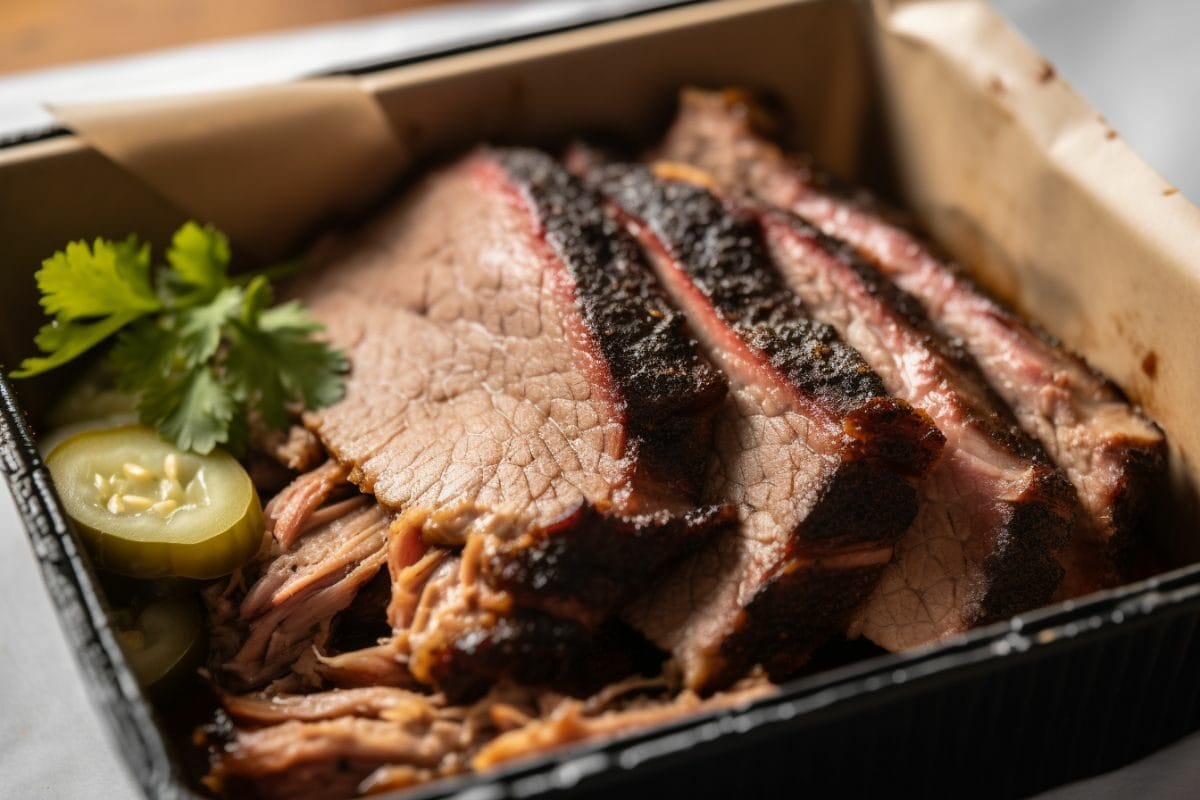
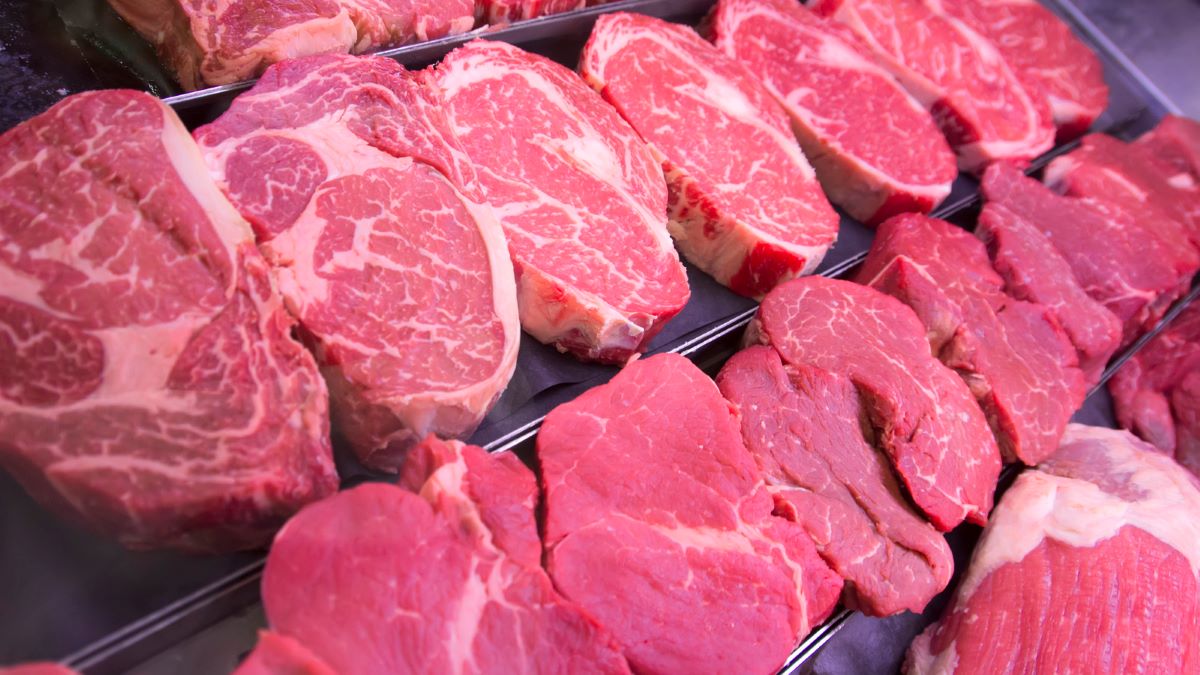
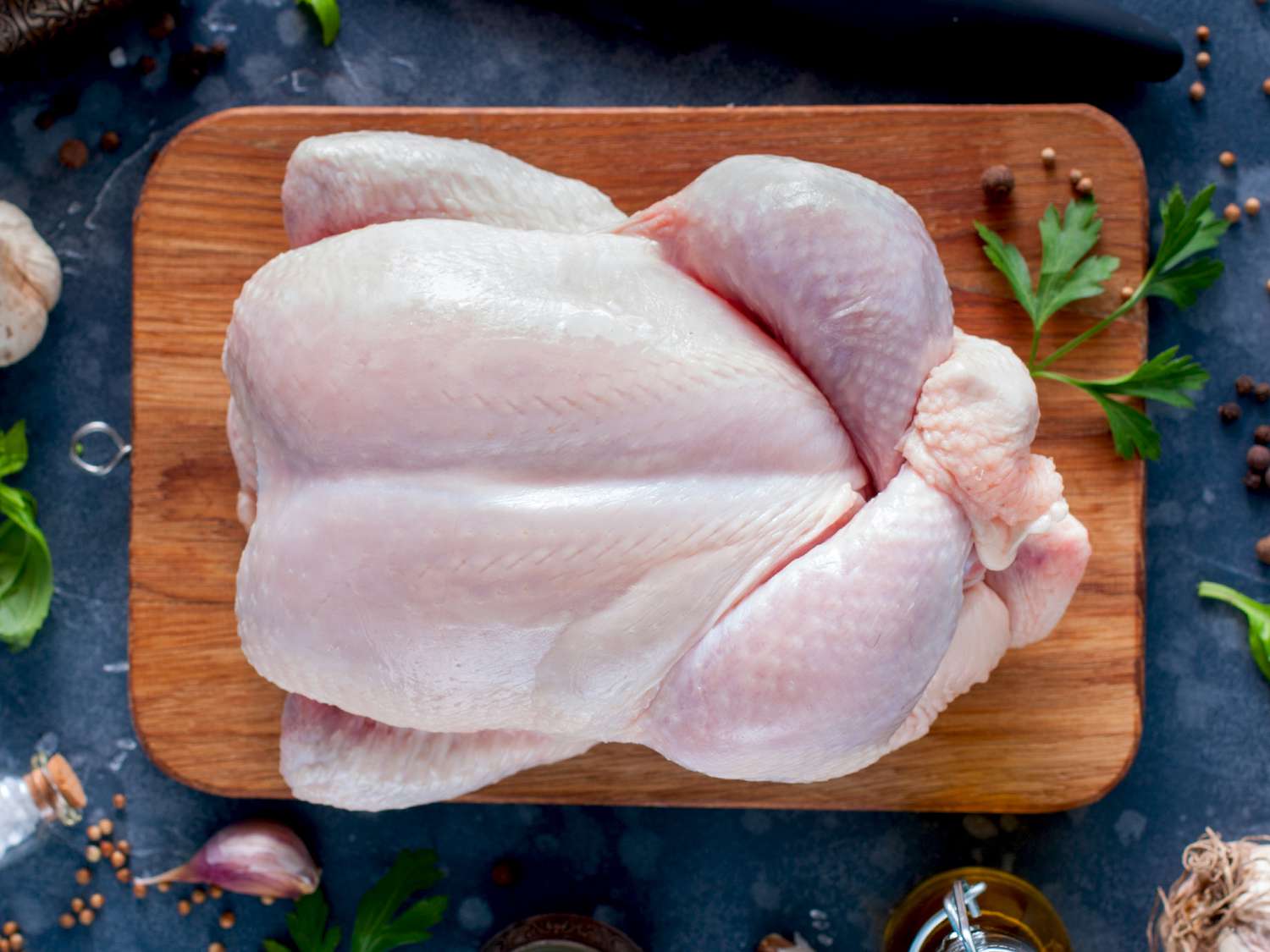
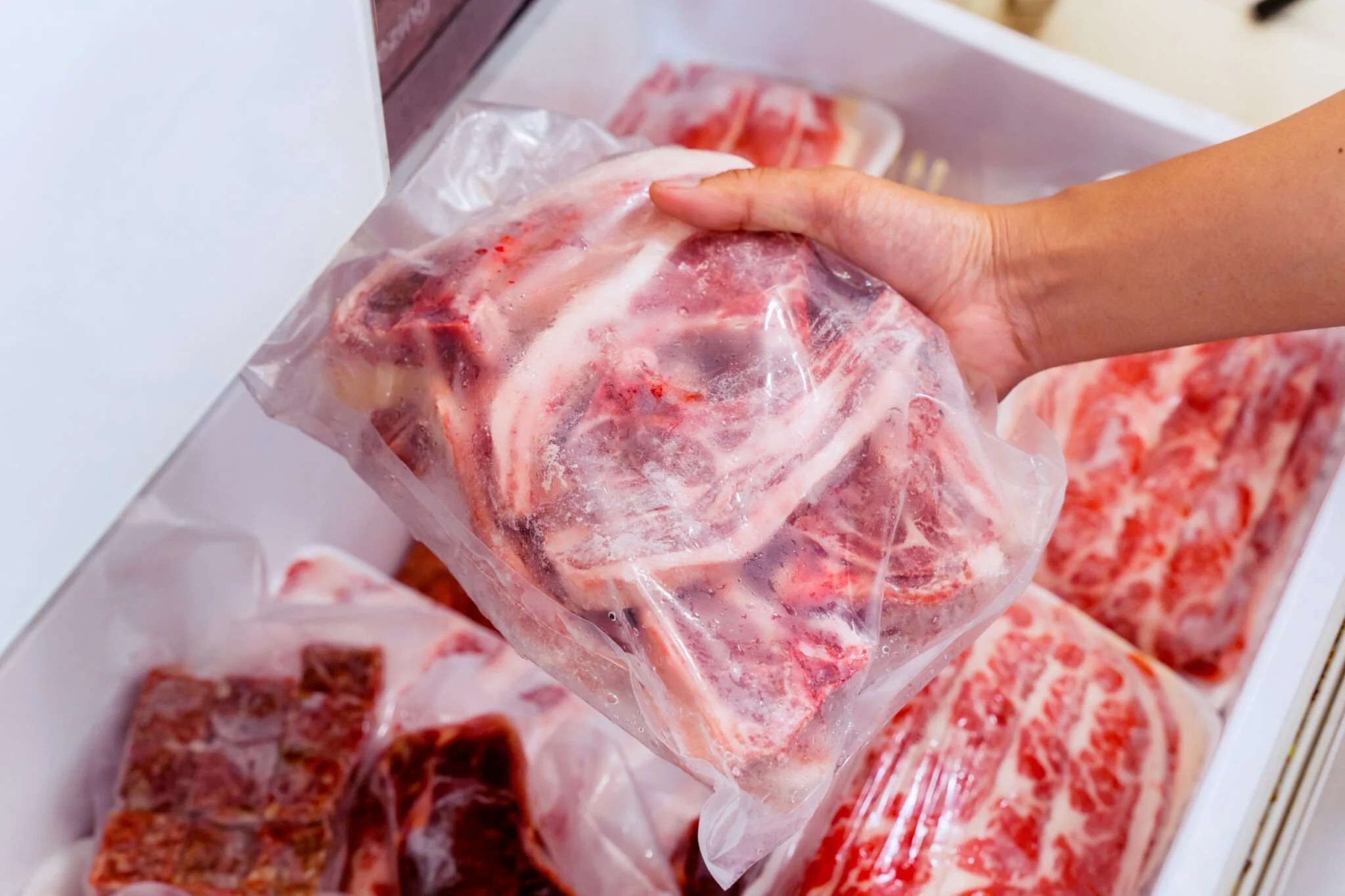
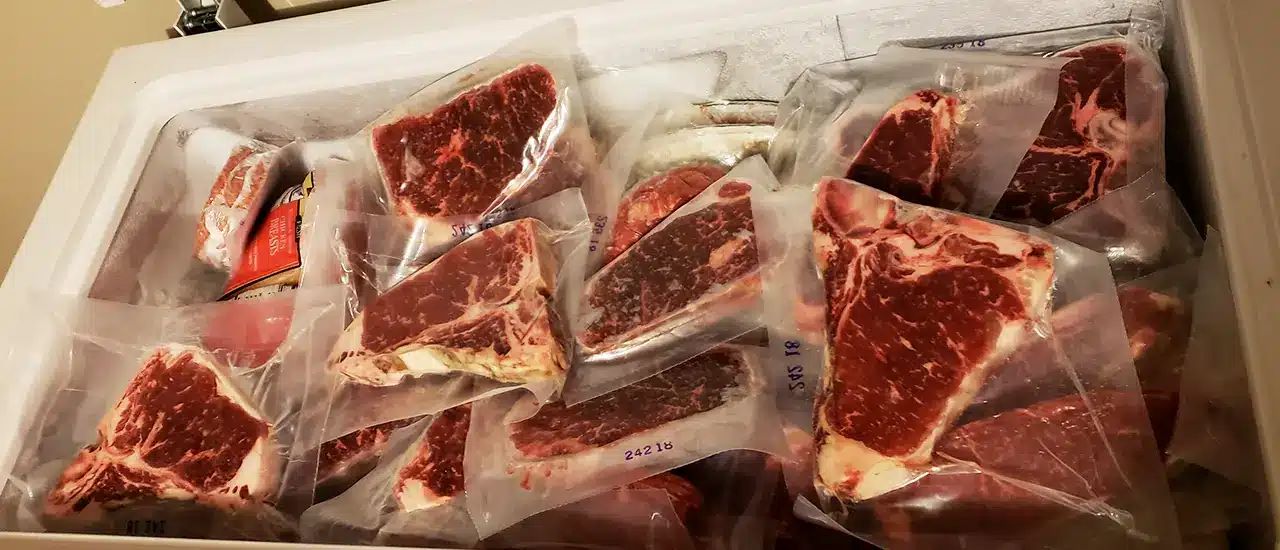

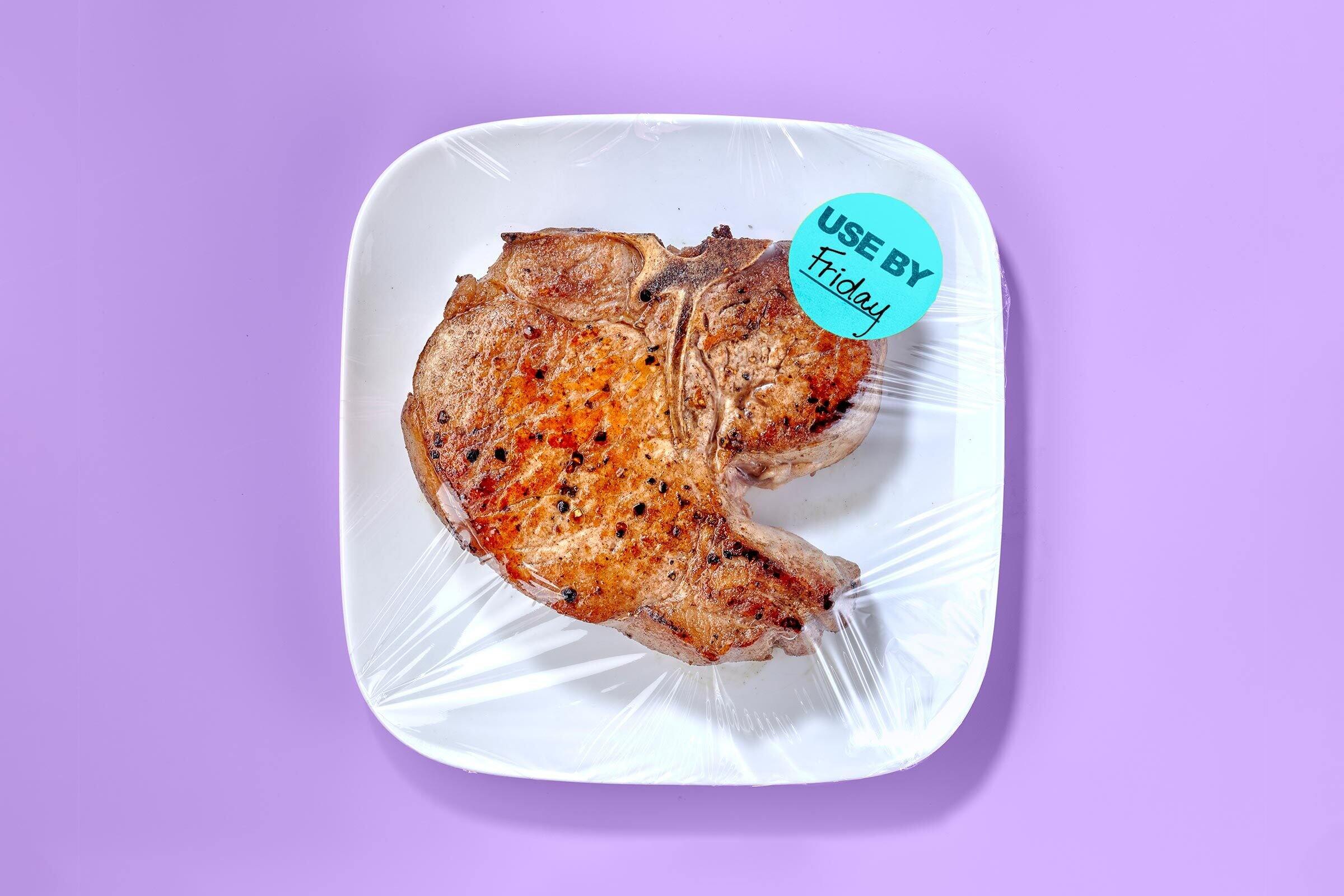



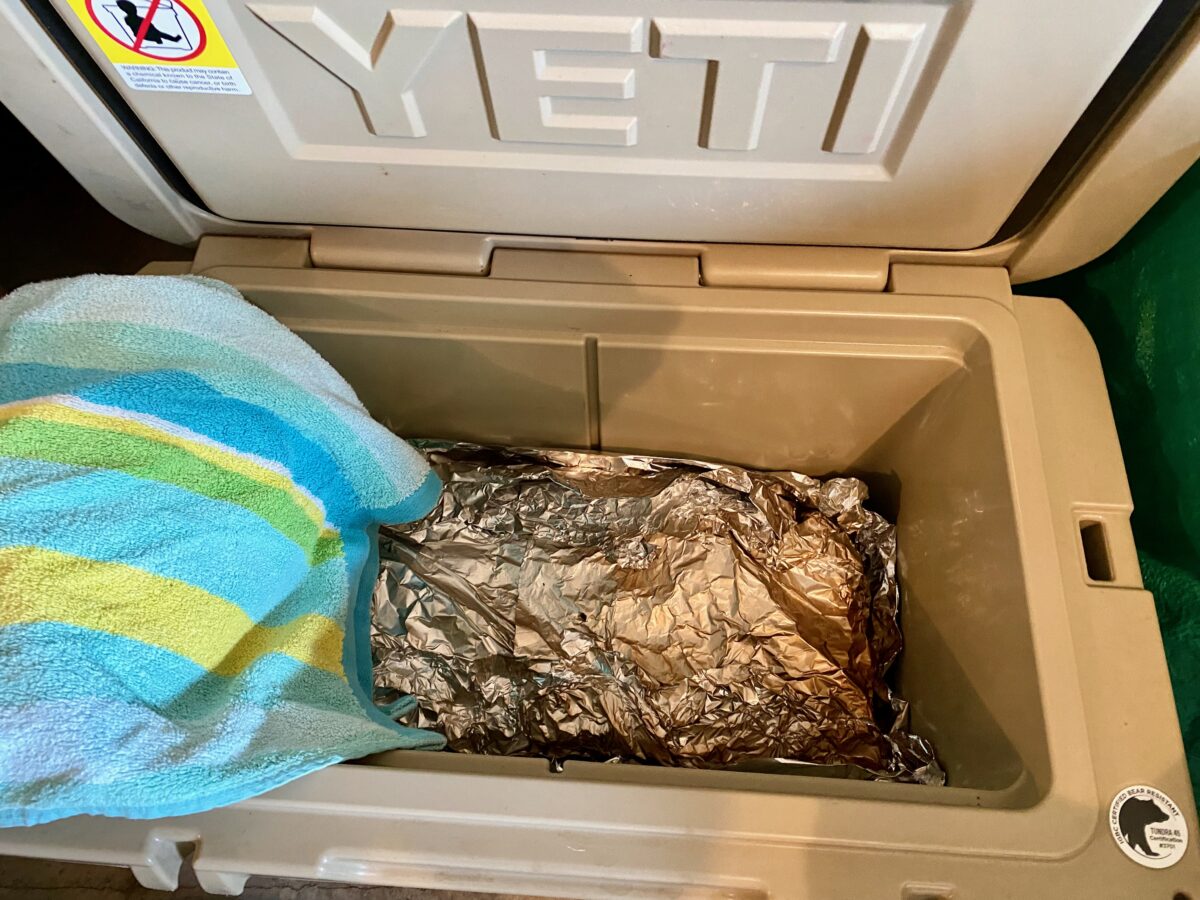


0 thoughts on “How To Store Luncheon Meat”